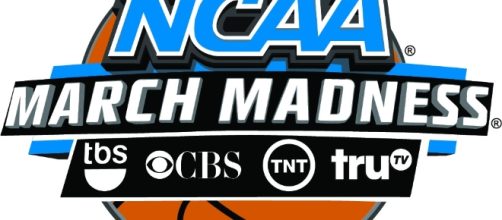It is March in the United States, and although some people are thinking and dreaming about spring, the sports-minded community is solely focused on one activity and one activity alone -- the Ncaa Basketball tournament, fondly called March Madness. It invokes madness in many ways. First, it is a one and done tourney -- a team loses and they are out. Second, it has a comprehensive approach -- 64+ different teams participate, which attracts diverse viewership. Finally, it is collegiate, non-professional, and non-profit. Or is it?
The NCAA revenue madness
The NCAA is a non-profit organization that brings together the athletic endeavors of 1100+ colleges and universities. Its premise is to act as a mechanism to help with the nearly 20,000 athletic teams within member institutions. March Madness, or the culmination of the American collegiate basketball season, is one of the pinnacles of NCAA activity.
During the 2012-2013 academic year, March Madness brought in approximately 11 billion in revenue attributed to media rights, which represented nearly 81% of the NCAA's total annual revenue. Starting at somewhere near 50 million in 1982, the revenue for media rights has skyrocketed over the past 35 years.
Non-profit earning and spending
As a non-profit, the NCAA utilizes all types of formulas to receive March Madness funding and effectively disperse it. As expected, those institutions who compete and win receive more financial benefits than those who are eliminated. It is financially better to be the champion, and, the closer to the title you get, the better off you are in terms of finances.
Some conferences share winnings equally throughout all member teams. Some have a sliding scale arrangement. It is a smorgasbord of options when in comes to March Madness money.
Regardless of the financial and contractual details, the non-profit status of the end of the season Basketball Tournament covers more than four fifths of all costs associated with the NCAA. It is mad money madness in March!
Lock in.#MarchMadness #HereComesDuke pic.twitter.com/8O1IKCfxIc
— Duke Basketball (@DukeMBB) March 20, 2017

